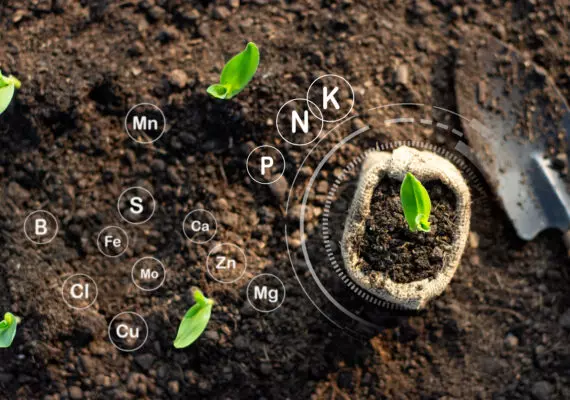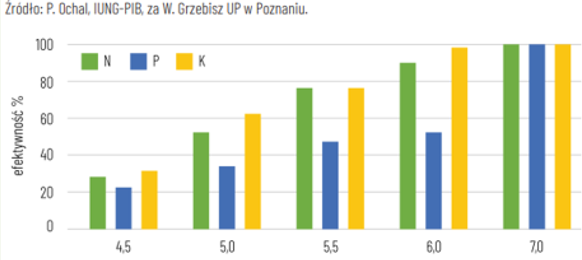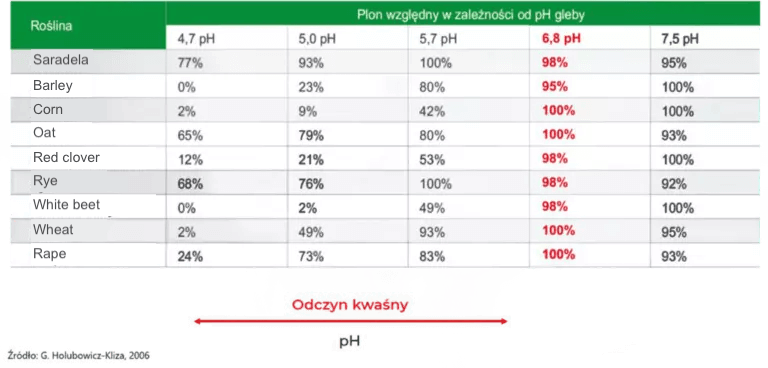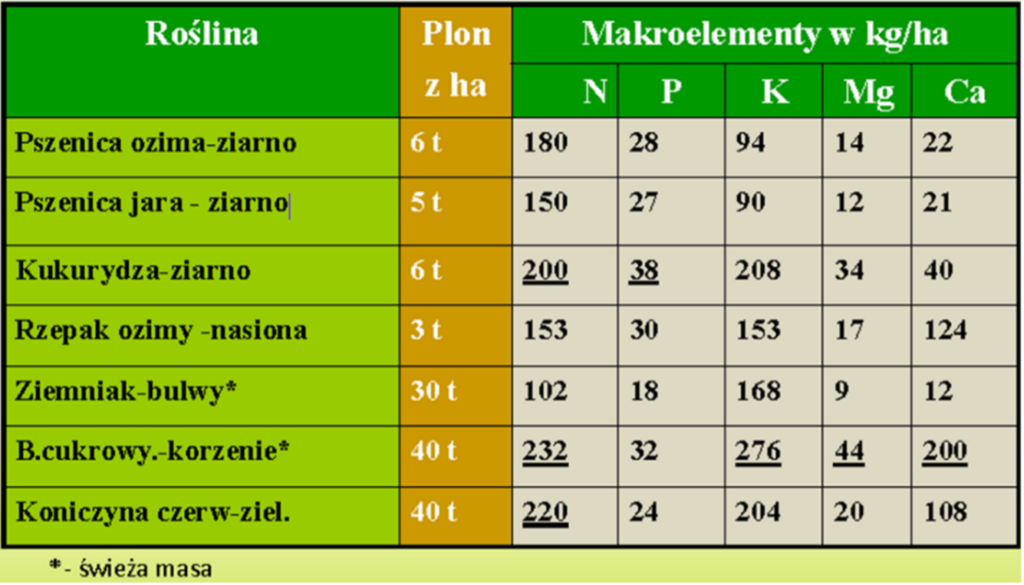
Soil is an important and essential component of the biosphere. Its richness in absorbable forms of macronutrients and micronutrients significantly influences the yield of cultivated plants. Polish soils are characterized by acidic pH and low levels of absorbable forms of nutrients. These characteristics result from the origin of the parent material from which they were formed. Over 90% of Poland’s area consists of soils formed from sedimentary rocks, mainly loose fragmented rocks transported by glaciers from Scandinavia. The soil formation process has led to the creation of numerous typological units of soil in Poland. The most abundant groups are gray and brown soils, belonging to the group of podzolic and rusty soils, acidic brown and true soils, and loamy soils. Therefore, up to 80% of Poland’s agricultural land is naturally acidified to varying degrees, with very acidic and acidic soils accounting for 42%. In acidic soils with a pH of 5.0 and lower, the mobility of aluminum increases, which inhibits root growth and has a phytotoxic effect on root hairs, causing them to die off. This adversely affects the relative uptake of NPK and the transport of water and mineral salts from the soil solution to the aboveground parts of plants. Plants grown on acidic soils have lower resistance to drought, frost damage, diseases, and pests, resulting in significantly lower yields. The only effective way to regulate soil pH is liming, which raises the soil pH, increasing the availability of macronutrients taken up by plants and the biological activity of the soil. This treatment also contributes to providing plants with absorbable calcium and magnesium when using lime with magnesium, such as Radkowit. Cultivated plants have different requirements for calcium and magnesium, which play several very important physiological functions in plants. Calcium plays a structural role, forming part of cell membranes and walls, and also acts as a secondary messenger in signal transduction processes, interacting with proteins such as calmodulin. Calcium pectate, forming the middle lamella, plays an important role in cell stabilization, providing tissue rigidity, high cell wall strength, and maintaining tissue integrity and coherence, indirectly contributing to increased resistance to pathogens and infections. Calcium neutralizes the effects of stress by neutralizing reactive oxygen species produced in plant cells under stressful conditions. Ca2+ and K+ ions regulate plant water balance by controlling transpiration. Plants well-nourished with calcium remain green and photosynthetically active longer, resulting in increased yields. Magnesium regulates photosynthesis intensity by determining chlorophyll content in leaves, being a major component of chlorophyll. It also regulates energy metabolism in plants, carbohydrate, fat, and protein synthesis, as well as assimilate transport, and limits nitrate content. It has also been shown that magnesium stimulates root system development and the uptake of nutrients by plants from the soil. Therefore, when planning proper fertilization of cultivated plants, it is important to ensure optimal amounts of calcium and magnesium. Some of the best fertilizers containing these beneficial mineral elements are SuperMag and Polcalc MagnezPlus produced by Polcalc Nawozy Wapniowe Sp. z o.o. Calcium and magnesium present in these fertilizers in absorbable form beneficially affect the course of physiological processes, thereby contributing to increased yields of cultivated plants. Their use is particularly recommended for acidic soils, where magnesium losses due to leaching increase dramatically, and the increased availability of aluminum ions impairs magnesium uptake by plants. Therefore, intensive magnesium fertilization of these soils without changing their pH is not fully effective.
For detailed information about our fertilizers and their beneficial effects on plant yields and soil properties, please refer to the articles on our website (www.polcalc.pl). We also encourage you to contact our distributors and sales representatives at Polcalc Nawozy Wapniowe Sp. z o.o..









